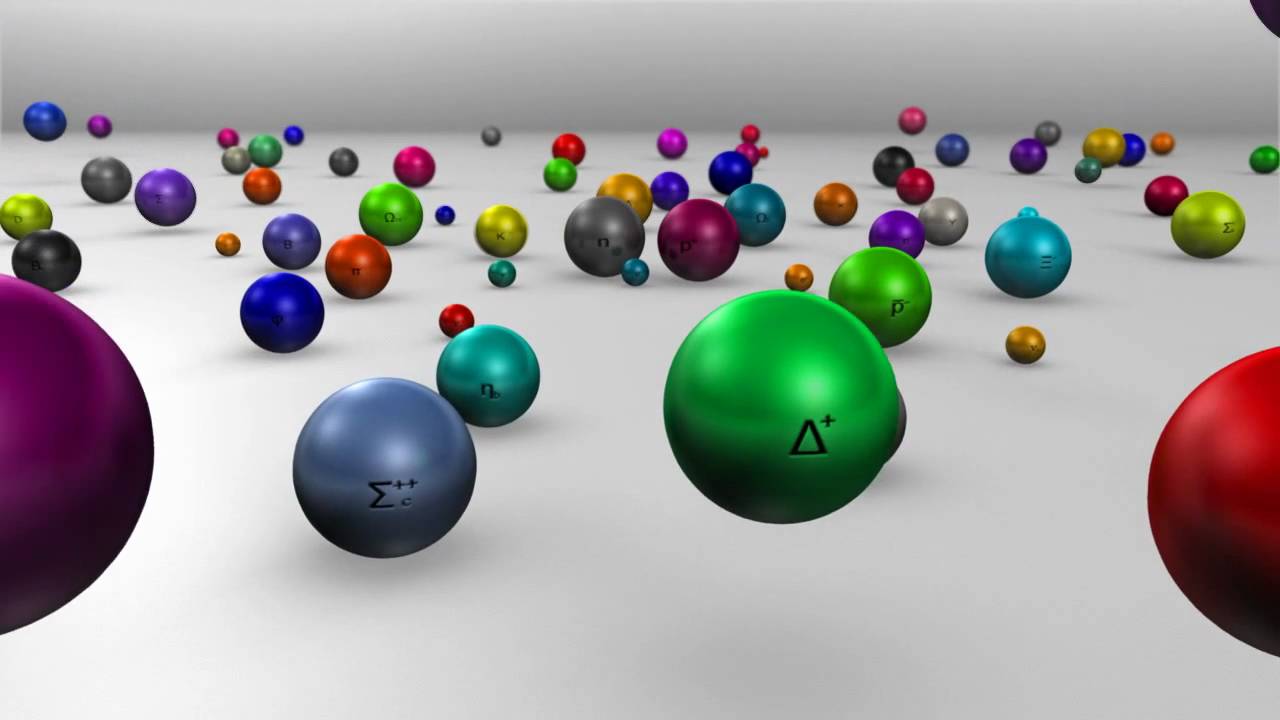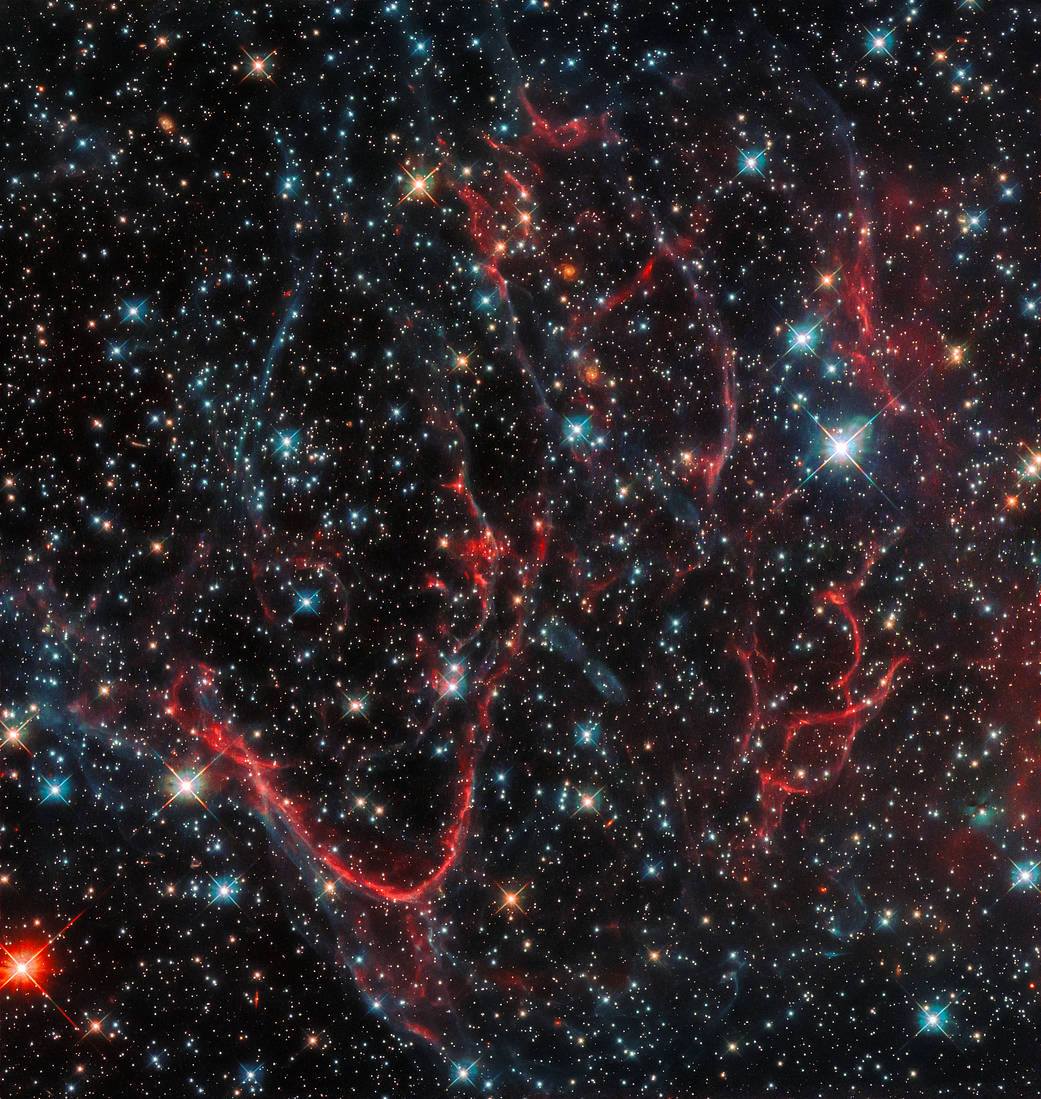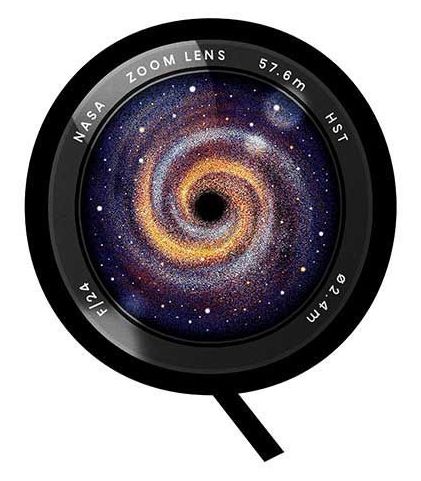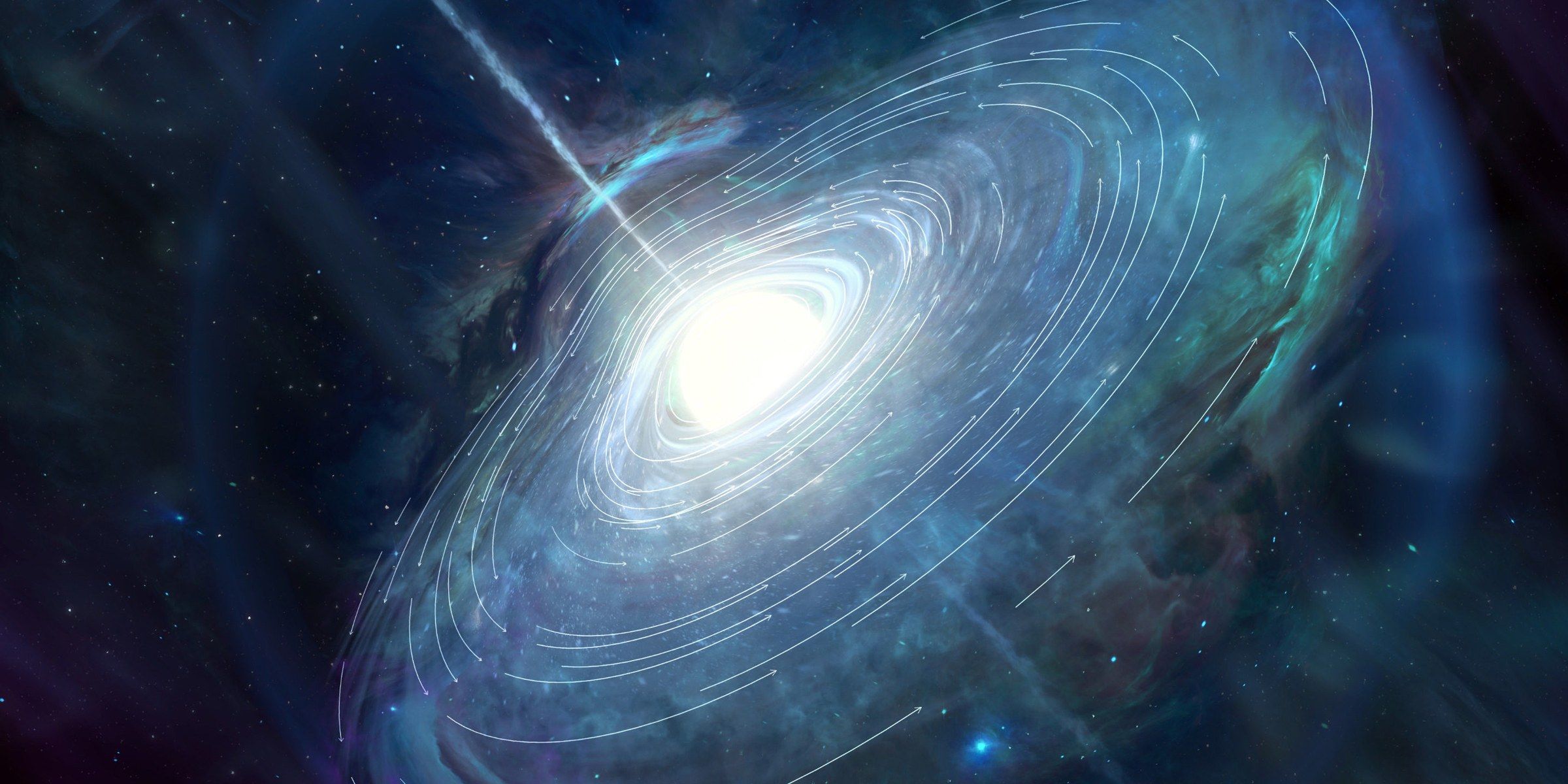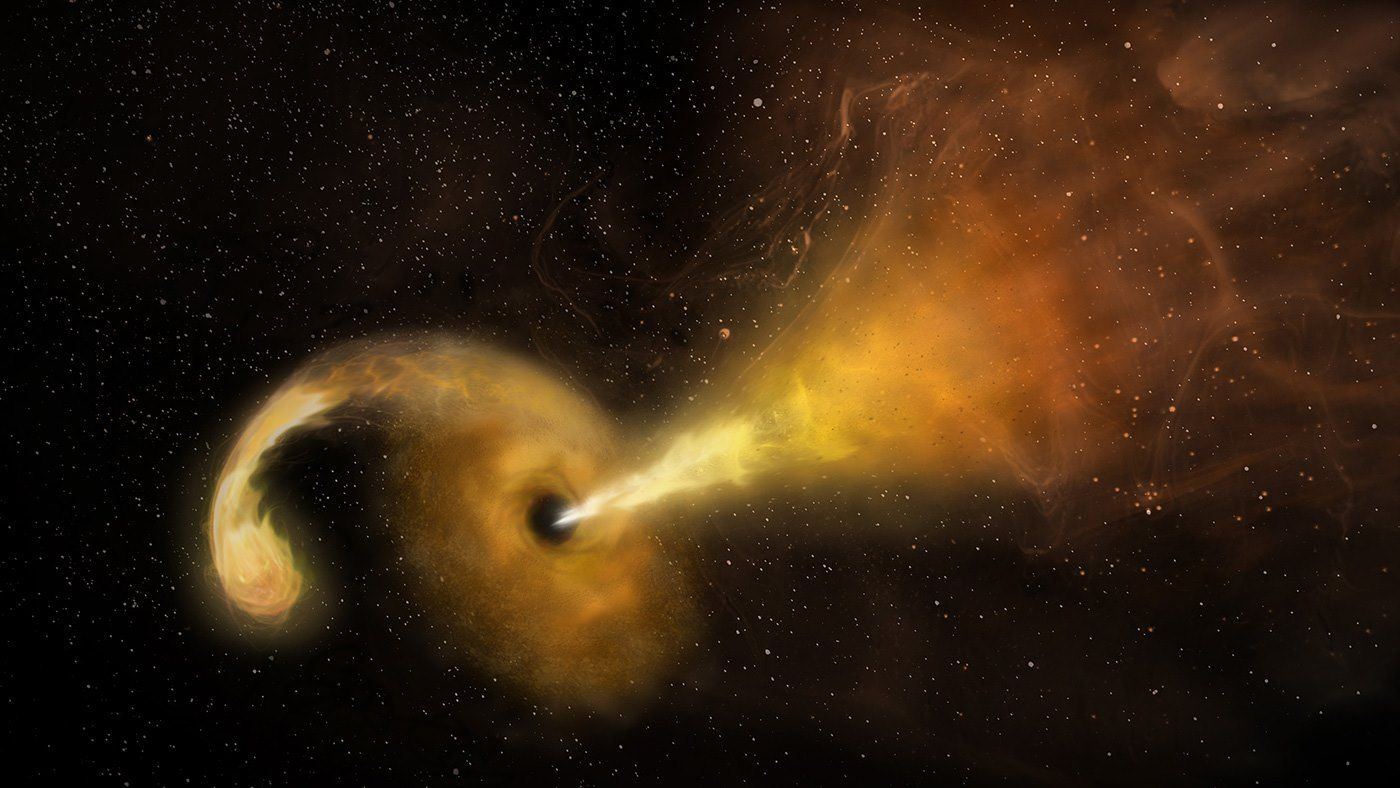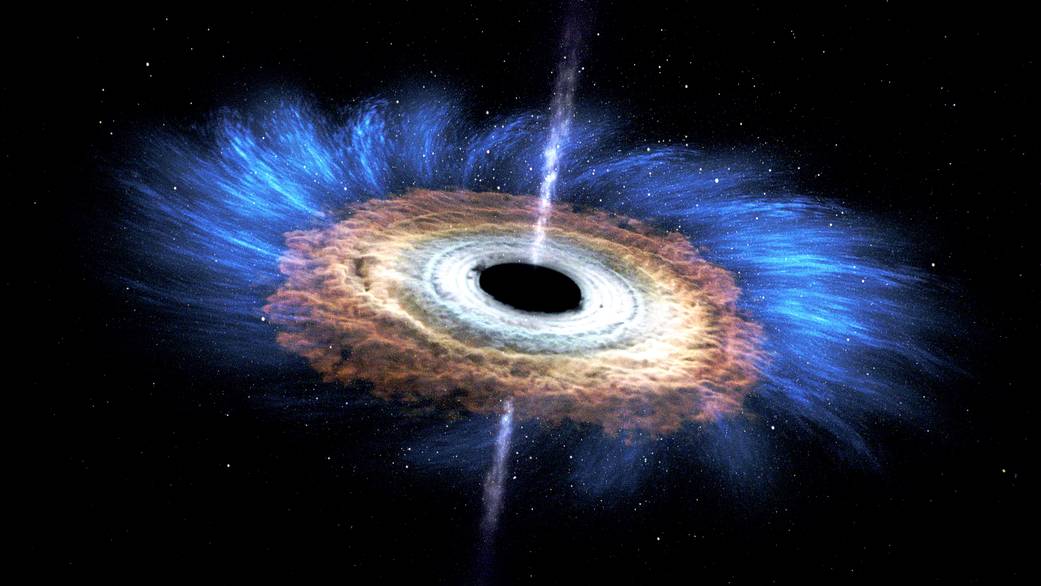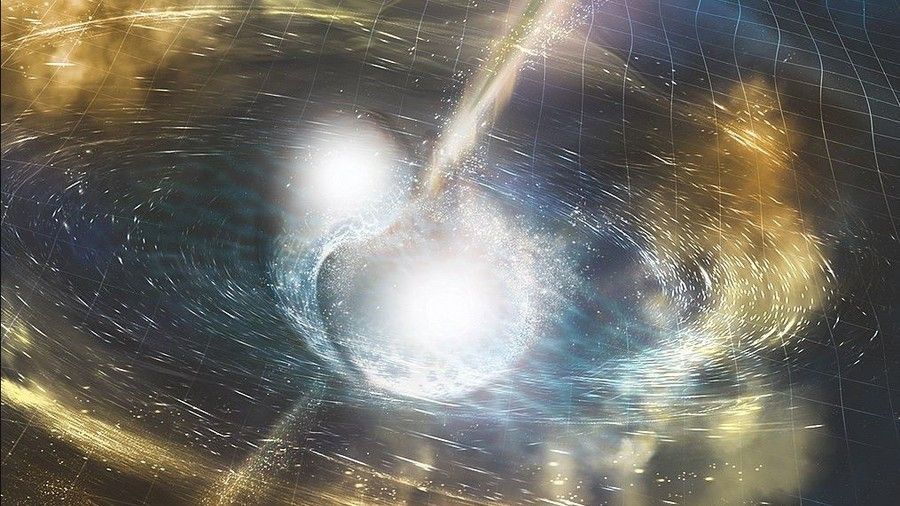Dec 1, 2018
New Research Could Rewrite Physics From the Ground Up
Posted by Genevieve Klien in categories: cosmology, particle physics
Four researchers came together to propose the addition of six novel particles to tackle five enduring issues within the current Standard Model Theory. This new proposed model, detailed in APS Physics, is named SMASH for “Standard Model Axion See-saw Higgs portal inflation.” The team proposed that particles rho and axion could explain inflation and dark matter respectively, along with three heavy right-handed neutrinos.
With these findings, the researchers hope to answer the following questions about the Standard Model:
Continue reading “New Research Could Rewrite Physics From the Ground Up” »
